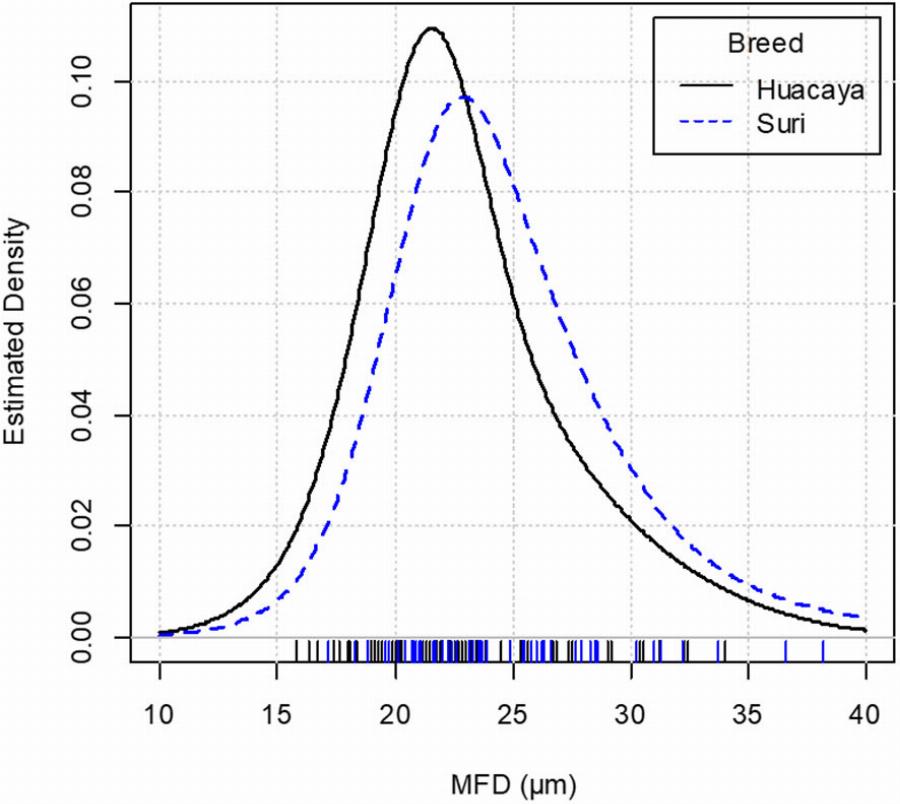Nội dung bài viết
Alpacas, those fluffy, endearing creatures of the Andes Mountains, have captured the hearts of many. But What Do Alpacas Eat? Understanding their dietary needs is crucial for anyone considering welcoming these gentle animals into their lives, or simply for those curious about these fascinating camelids. This article will delve deep into the alpaca diet, exploring not only what they eat but also why it’s important, and how it contributes to their overall health and the quality of their luxurious fleece.
Origin and Significance of Alpacas
Alpacas, originating from the high altitudes of the Andes in South America, have been domesticated for thousands of years, primarily for their exquisite fleece. These camelids, closely related to llamas, have played a significant role in the cultures and economies of Andean communities. Their soft, hypoallergenic fleece has been prized for generations, providing warmth and comfort in the harsh mountain climates. Even today, alpacas remain a vital part of the Andean economy, with their fleece contributing to the livelihood of countless families.
Types of Alpacas and Their Characteristics
There are two main types of alpacas: Suri and Huacaya. While both share similar dietary needs, their fleece differs dramatically. Suris have long, silky, dreadlock-like fiber, while Huacayas boast a dense, crimped fleece that gives them a fluffy, teddy bear-like appearance. Regardless of their fleece type, both Suri and Huacaya alpacas are known for their gentle nature, intelligence, and social behavior. They thrive in herd environments and communicate through a series of soft hums, clicks, and body language.
 Suri and Huacaya Alpacas – A Visual Comparison
Suri and Huacaya Alpacas – A Visual Comparison
Alpaca Care and Husbandry: What Do Alpacas Eat in Captivity?
Now, let’s dive into the core of the matter: what do alpacas eat? Primarily, alpacas are herbivores, meaning their diet consists mainly of plants. In their natural habitat, they graze on grasses, hay, and other vegetation found in the mountainous terrain. This simple diet, rich in fiber, is perfectly suited to their digestive system. But what do alpacas eat when they aren’t roaming the Andes? In captivity, alpacas require a similar diet, focusing on good quality hay, supplemented with a small amount of alpaca pellets. These pellets provide essential vitamins and minerals that might be lacking in hay.
Providing the Right Nutrition
Ensuring your alpacas receive the correct nutrition is paramount for their health and well-being. Just like us, they need a balanced diet to thrive. Hay should make up the bulk of their intake, providing essential fiber for their digestive system. Think of it as their daily bread! Supplements, such as alpaca pellets, can help fill any nutritional gaps, but should be given in moderation. Overfeeding pellets can lead to obesity and other health problems.
 Alpaca Enjoying Hay from a Feeder
Alpaca Enjoying Hay from a Feeder
The Alpaca Industry and Its Products
The alpaca industry revolves primarily around their luxurious fleece. This highly sought-after fiber is used to create a wide range of products, from soft, warm sweaters and blankets to durable rugs and accessories. Alpaca fleece is known for its exceptional warmth, softness, and hypoallergenic properties, making it a popular choice for those with sensitive skin. Investing in alpaca products not only provides you with high-quality items but also supports the sustainable livelihoods of alpaca farmers and their communities.
Interesting Facts and Myths about Alpacas
Alpacas are truly fascinating creatures, and several interesting facts and myths surround them. One common misconception is that they are aggressive. In reality, alpacas are generally gentle and docile, especially when raised with proper care and handling. They are also known for their unique “humming” vocalization, which they use to communicate with each other. Another intriguing fact is that alpacas are incredibly efficient grazers, requiring less food than other livestock, making them a sustainable choice for fiber production.
FAQs: More About What Alpacas Eat
Here are some frequently asked questions about the alpaca diet:
- Q: Can alpacas eat fruits and vegetables? A: While alpacas primarily eat hay and grass, they can enjoy occasional treats of fruits and vegetables, but only in small quantities. Too many sugary treats can upset their delicate digestive system.
- Q: Do alpacas need mineral supplements? A: Yes, alpacas often require mineral supplements, especially in areas where the soil is deficient in certain minerals. Providing a mineral block can ensure they get the nutrients they need.
- Q: How much water do alpacas drink? A: Alpacas need access to fresh, clean water at all times. They typically drink several gallons of water per day, especially in warmer weather.
- Q: Can alpacas eat bread? A: Bread is not recommended for alpacas. It’s not part of their natural diet and can cause digestive problems.
- Q: What should I do if my alpaca stops eating? A: A loss of appetite can be a sign of illness. If your alpaca stops eating, contact a veterinarian immediately.
- Q: How often should I feed my alpacas? A: Alpacas should have access to hay 24/7. Supplements can be given once or twice a day, as directed by a veterinarian or alpaca expert.
- Q: What kind of hay is best for alpacas? A: Good quality grass hay, such as Timothy or Orchard grass, is ideal for alpacas.
Conclusion
So, what do alpacas eat? Their diet is surprisingly simple, revolving around hay, grass, and a small amount of supplemental pellets. Understanding their dietary needs is essential for anyone caring for these remarkable animals. By providing them with the right nutrition, we can ensure their health, happiness, and the continued production of their luxurious fleece. From the Andes Mountains to your own backyard, alpacas continue to enchant and provide us with warmth and comfort. Explore the world of alpacas further and discover the unique joys these gentle creatures bring. Share your experiences and learn more at lovepanchita.com.